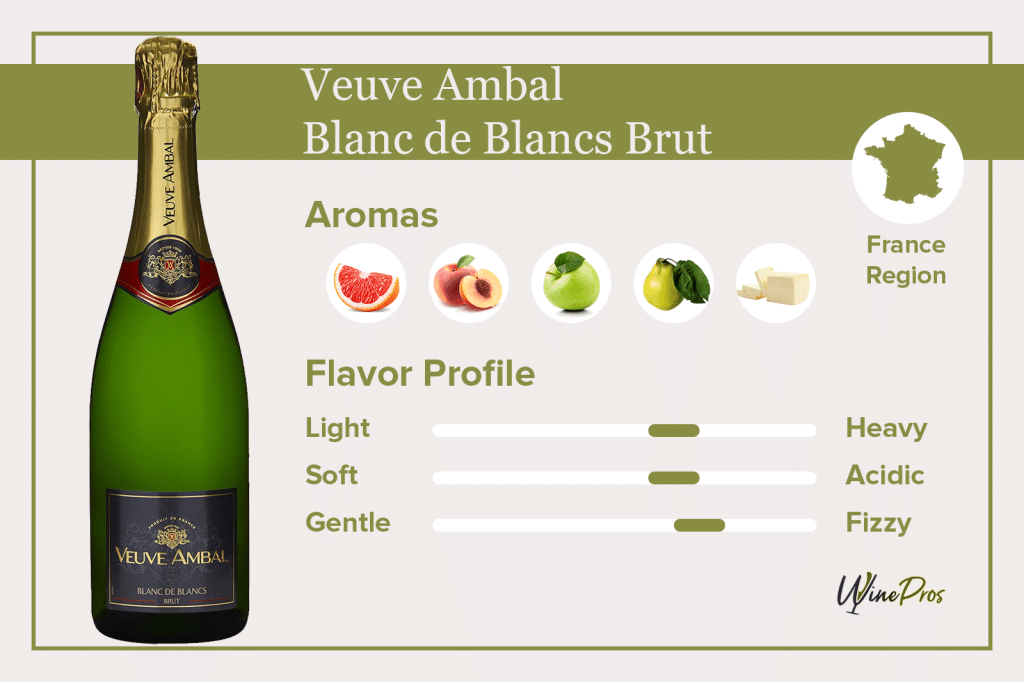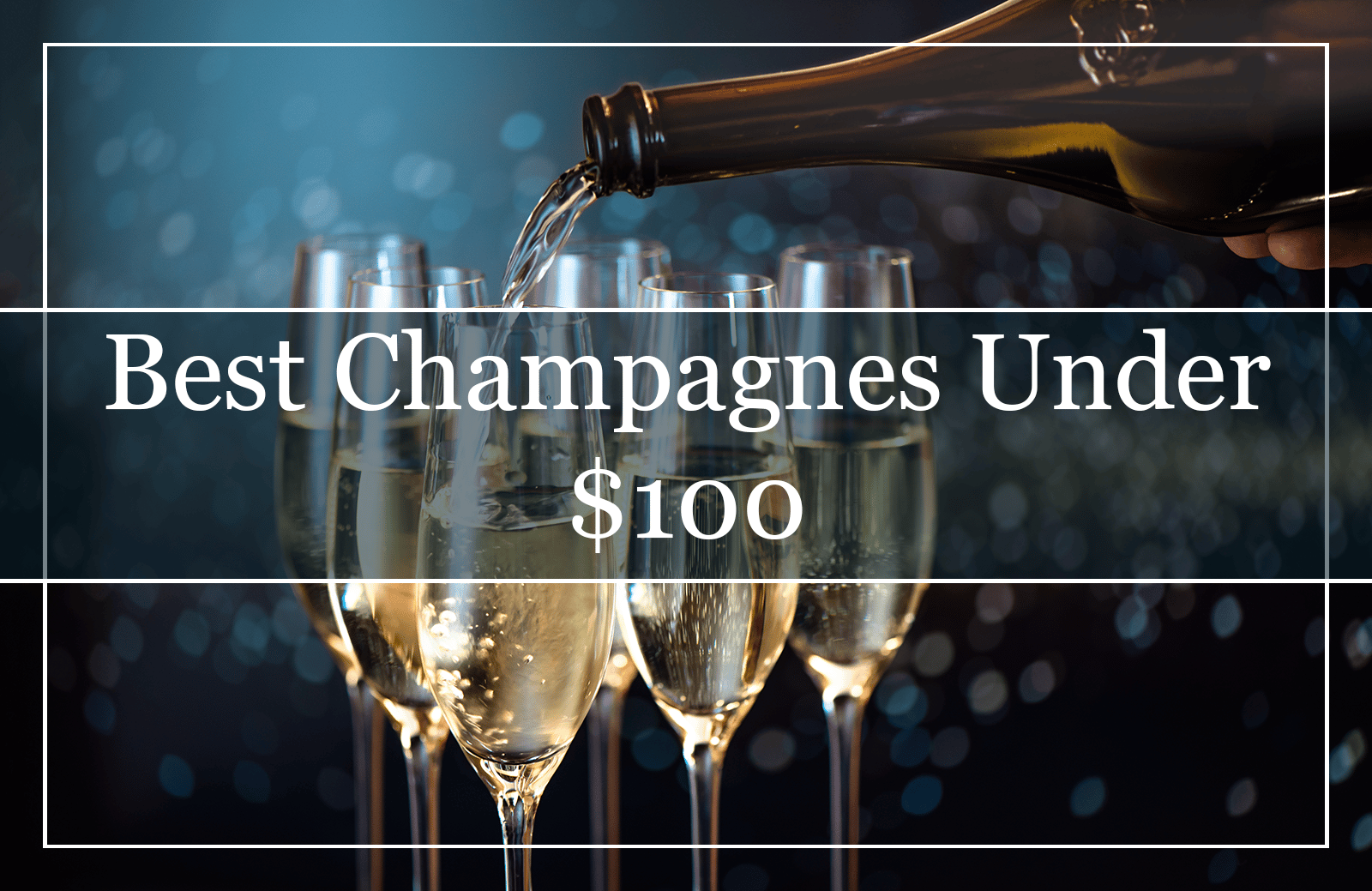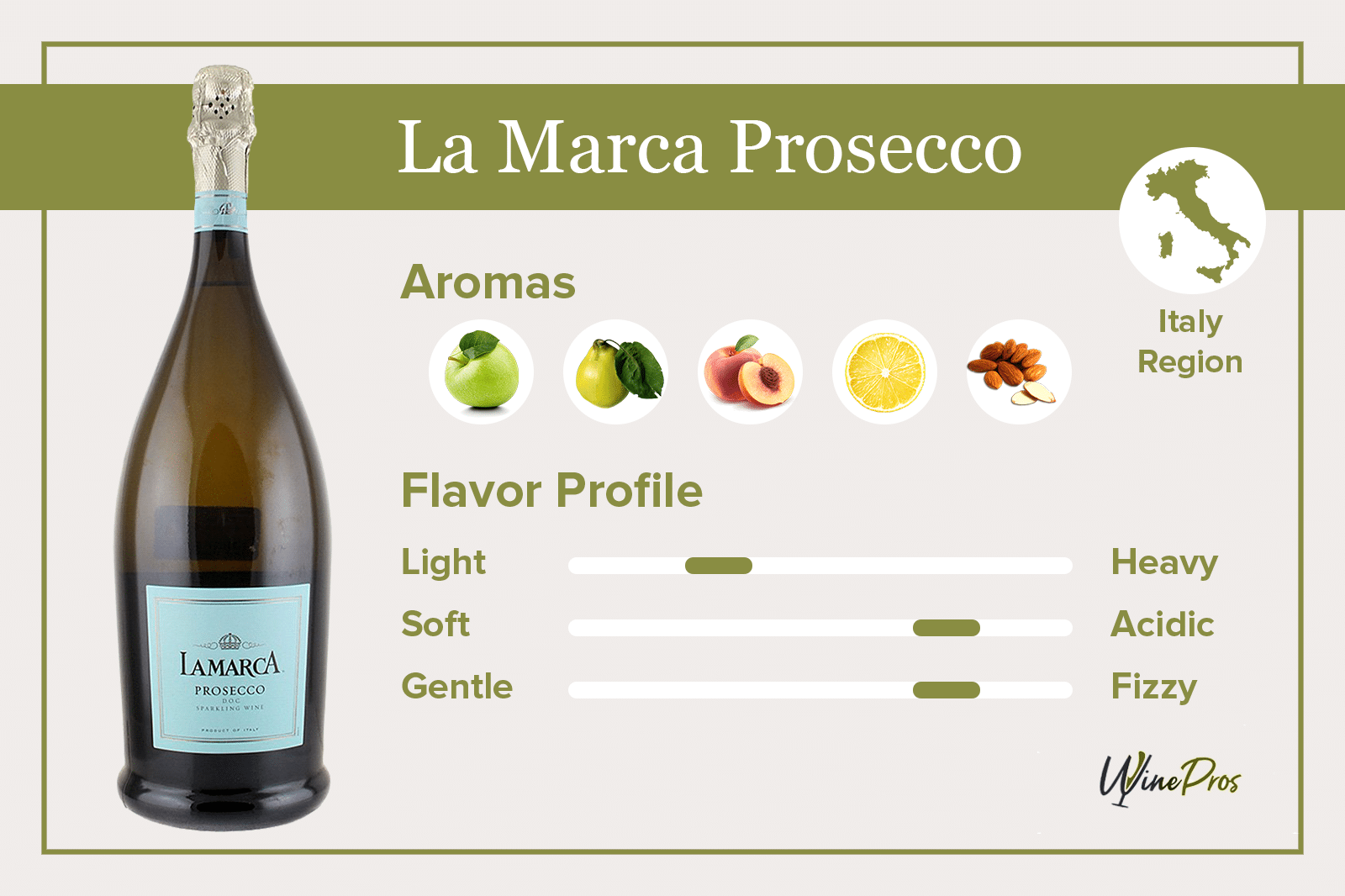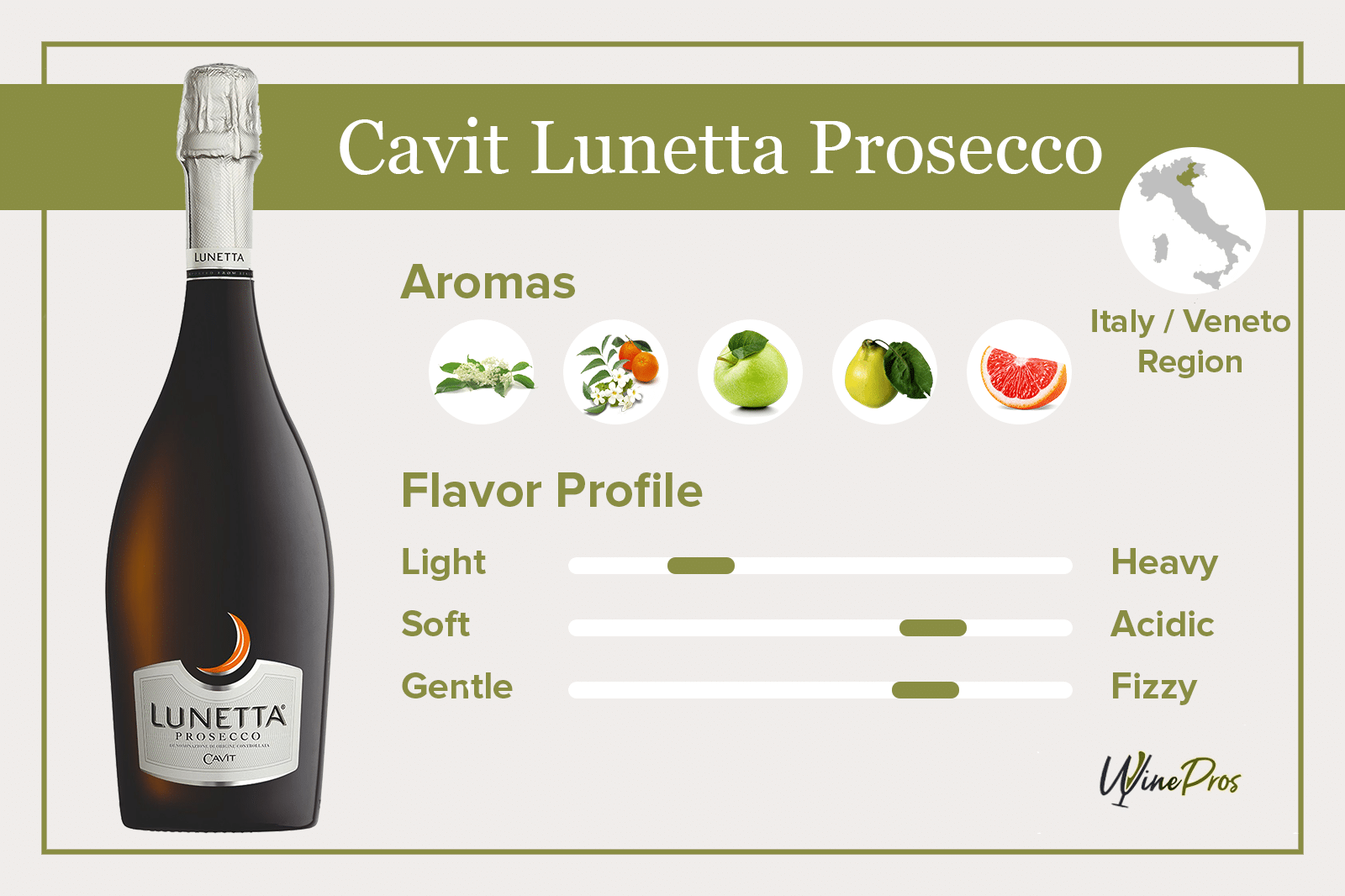What Kind of Wine Is Veuve Ambal Blanc de Blancs?
Veuve Ambal Blanc de Blancs is a dry sparkling wine from Bourgogne, France. Having aged for at least eighteen months on lees, Veuve Ambal Blanc de Blancs is smooth with remarkable complexity. With a delicate sparkle, fruity nose, and citrus notes on the palate, this sparkling wine has a fresh texture. Blanc de Blancs wines are made entirely from white varietals. In the case of Veuve Ambal Blanc de Blancs, the grapes used are Chardonnay and Aligoté.
Veuve Ambal Blanc de Blancs is a Crémant de Bourgogne. The term ‘Crémant’ applies to a number of French sparkling wine appellations, the most important of which are Crémant de Alsace, Crémant de Bourgogne and Crémant de Loire. These types of wines follow the traditional sparkling wine method, where riddling is involved, and spend nine months on lees before bottling.
Veuve Ambal Blanc de Blancs Brut Review

- Winery — Veuve Ambal
- Country/Region — France, Bourgogne
- Type — French Crémant
- Aroma — Acacia, Lemon, Lime, Strawberry, Cherry
- Grapes — Chardonnay, Aligoté
- Taste — Grapefruit, Peach, Apple, Pear, Butter, Brioche Bread, Wet Pebbles, Pine Nuts, Almonds
- Alcohol Content — 12%
- Sugar — Dry
- Pairing — Halibut, Salmon, Roast Veal, Thai
Veuve Ambal Blanc de Blancs is a high-class French Crémant that exhibits all of the structural components associated with its prestigious appellation. If you want an easy-going but, at the same time, complex sparkling wine that is not as creamy as Champagne, Veuve Ambal Blanc de Blancs might be the best option. It is a delightful sparkler, set to captivate the hearts of wine enthusiasts everywhere!
Tasting Notes
This sparkler is delicate with a fruity nose filled with aromas of lemon and lime. The palate shows an abundance of grapefruit and green fruit flavors. A touch of pine nuts can also be discerned. Racy bubbles provide effervescence, driving to a lengthy and lingering finish. Veuve Ambal Blanc de Blancs, therefore, has a fruit-forward tasting profile that is refreshing and savory. Another superb example of French wine-making!
Appearance
Veuve Ambal Blanc de Blancs is beautiful and attractive. Just as the wine pours into the glass, a light golden hue appears. A few swirls later and the translucent core opens and develops into a bright, medium lemon color on the sides. Furthermore, the legs of the wine are long with low viscosity. Veuve Ambal Blanc de Blancs, consequently, has a surpassing appearance. It is a seriously good-looking Crémant.
Aroma
Veuve Ambal Blanc de Blanc showcases fragrances of acacia and citrus on the nose. Lemon and lime aromas join gentle strawberry and cherry blossom notes, giving substance to the aromatic bouquet. Straightforward and plain, without complexity, Veuve Ambal Blanc de Blanc has an enjoyable aromatic profile.
Taste
In the mouth, Veuve Ambal Blanc de Blanc exhibits a fruit parade. Fresh flavors of grapefruit combine well with apple and pear. A touch of minerality is also present as wet pebbles mingle with hints of pine nuts. The racy acidity invigorates and complements the brisk bubbles. In addition, a slight touch of sweetness emerges, giving depth to the otherwise light body. Veuve Ambal Blanc de Blanc is very fulfilling.
Finish
Veuve Ambal Blanc de Blancs concludes the tasting profile with a long, lingering, and creamy finish. The aftertaste maintains the fruitiness of the mouth, while it contributes a last-minute nuttiness. Specifically, flavors of almond blended with sour stone fruit and lime. Finally, the intensely creamy texture takes over, which comes from the lees maturation, generating a super ending.
Rating
Veuve Ambal Blanc de Blancs is a refined French sparkling wine. The fruity, creamy, and zesty notes combine flawlessly, integrating green fruit and acacia aromas and flavors. With a fantastic mouthfeel, the wine is perfect as an aperitif or with canapés and light meals. I definitely recommend it.
Veuve Ambal Blanc de Blancs Food Pairing
This Blanc de Blancs is a perfect companion to dishes such as grilled fish or roast veal. Grilled salmon or halibut combine nicely with the wine’s grapefruit flavors as the citrus tones down the oiliness of the fish. A delicious veal roast with mushrooms makes a great partner with Veuve Ambal Blanc de Blancs too. Another superb food pairing option is Thai noodle chicken salad. The yellow fruit flavors of the wine cleanse the fatty characters from the noodles, while the spicy Thai flavors shine in the background.
Frequently Asked Questions
Who Makes Veuve Ambal Blanc de Blancs?
Veuve Ambal Blanc de Blancs is a product of Veuve Ambal, located in Bourgogne, France. Founded in 1898 by Marie Ambal, Veuve Ambal aimed to compete with Champagne by producing red and white sparkling wines using the champagne method. Throughout the years, Veuve Ambal perfected its wine-making style. For this, in 1975 they were awarded with AOC status (Appellation d’Origine Contrôlée). In 1988, the winery became the first producer and first brand of Crémant de Bourgogne. Over the last decade, Veuve Ambal has continued to maintain its high-quality, producing even more wonderful sparkling wines.
How Is Veuve Ambal Blanc de Blancs Made?
Veuve Ambal Blanc de Blancs is a sparkling wine made entirely from white grape varieties. It is a blend of Chardonnay and Aligoté. Veuve Ambal Blanc de Blancs is made with the traditional champagne-method. First, harvesting is by hand for the best selection of grapes. Then, the grapes are pressed in a highly controlled environment and release the first liquid, known as cureé, and the second called taille. Following harvest, the base wine is made. The cureé and taille blend together and are placed inside stainless steel vessels to undergo cool fermentation. The resultant wine is dry, with neutral flavors and high acidity. At this point, blending takes place between the Chardonnay, Aligoté, and other white blenders. This step enhances the complexity and improves the balance of the wine.
It is good to mention here that Chardonnay brings citrus flavors, longevity, and finesse to the blend. That is why Champagne is made with Chardonnay and Pinot Noir grapes. Next, the base wine goes into bottles, and ‘liqueur de tirage’ is added (yeast, yeast nutrients, sugar, and clarifying agent). Keep in mind that the carbon dioxide generated by the yeasts is responsible for creating bubbles. The bottles are closed with a crown cap and a plastic cap inert. They are stacked horizontally at cool temperatures as the second, slow fermentation takes place inside them.
Veuve Ambal Blanc de Blancs spends eighteen months on the lees, a process that is known as yeast autolysis. These lees give brioche and biscuit notes to the final wine. Autolysis lasts from five months to even ten years and manages to maintain the wine’s freshness. The sediment of lees created during yeast autolysis is removed by riddling and disgorgement. That can be either done mechanically with a ‘gyro palette’ or manually where a winery worker gives a slight shake and twist to the bottles on a day-to-day basis. The yeast sediment gradually slides down to the side of the bottle collecting in the plastic cup inert in the crown cap.
Once riddling has completed the upturned bottles are frozen in a brine solution. Freezing the wine freezes the lees inside the neck. The crown cap, is then removed, and the pressure of the carbon dioxide ejects the frozen wine, the yeast sediment, and the plastic cap insert. Liqueur de expedition (wine sugar) is added to replace the lost wine. The bottles are sealed with a cork which is secured with a wire cage. The amount of sugar in the liqueur de expedition, known as dosage, determines the level of sweetness. Since Veuve Ambal Blanc de Blancs is Brut it is safe to say that the amount of dosage is minimal, as is usually the case with Brut Nature or Zero Dosage sparkling wines.
Where Is Veuve Ambal Blanc de Blancs Made?
Veuve Ambal Blanc de Blancs is produced right in the heart of the most prestigious wine-making region in the world: Burgundy. This region is the home of Chardonnay and Pinot Noir. Burgundy covers an extensive area, and the climate ranges from cold continental in the north (around Chablis) to moderate continental further south. Frequent rain can disrupt flowering and increase the appearance of gray rot. Localized summer hailstorms can also destroy considerable proportions of a grower’s crop. But what really matters in Burgundy is the vineyard’s location in determining the quality of the grapes. The best vineyards are often found mid-slope in hillside locations.
There, they are less prone to frost than those on flat land. The highest quality vineyards that give perhaps the world’s best fruit have a south or east-facing exposure, offering protection from westerly winds. The soils in Burgundy are varied with precise soil types change significantly over small areas. These variations are linked to subtle changes in the styles of the wines. Generally, the soils on the hillsides are shallow with good drainage. On flat land, soils are more fertile. Veuve Ambal Blanc de Blancs vines are planted in clay-limestone soils. In this way, the wine attains attractive minerality and a complex structure.
How to Serve Veuve Ambal Blanc de Blancs?
Veuve Ambal Blanc de Blancs wine is served best in flute glasses. The brisk bubbles concentrate into the small environment before they are sent rapidly to the top of the glass, reaching the nose. If flute glasses are not available, standard-sized white wine glasses suffice and help the wine aerate and release its fruity nature. Remember, though, that to enjoy sparkling wines, you must chill them. Veuve Ambal Blanc de Blancs needs cooling for up to three hours before serving at forty to forty-eight degrees Fahrenheit (six to eight degrees Celsius).
Also, to keep the wine cool, use an ice bucket or wine cooler. The bucket should be filled three-quarters full with equal quantities of ice and water so that iced water surrounds the bottle. The water is then able to transfer the heat from the bottle to melt the ice. Air acts as an insulator, and the bottle chills. Remember, though, that over-chilling hides the flavors in wines.
How Much Does Veuve Ambal Blanc de Blancs Cost?
Veuve Ambal Blanc de Blancs price for a Crémant de Bourgone ranges from $14 to $18, depending on the vendor. Veuve Ambal Blanc de Blancs, therefore, is an accessible sparkler and a great gift choice for many an occasion.
How Long Does Veuve Ambal Blanc de Blancs Last?
Veuve Ambal Blanc de Blancs cannot benefit from bottle aging. It has to be consumed young. Wine enthusiasts should not take long to uncork the bottle, as, otherwise, the wine’s fruity personality may decline. After all, except for Champagne, sparkling wines lack the structural components required to withstand aging, like grippy tannins or a high alcohol concentration. Consume the wine within one year from the date of bottling.
How Many Calories Does Veuve Ambal Blanc de Blancs Have?
Veuve Ambal Blanc de Blancs is a very suitable dietary choice as it has a low caloric-density. There are almost 18 calories in 1 fluid ounce of the beverage, equating to a total of 91 calories per serving. The calorie breakdown is 0 grams of fats, 0 grams of sodium, 1 gram of total carbohydrate, 0 grams of protein, and 0 grams of total sugars. As a consequence, Veuve Ambal Blanc de Blancs calories are low. That means that this bottling is a fine beverage choice for wine fans on a diet. For those interested in Veuve Ambal Blanc de Blancs alcohol content, it sits at 12% per 750ml bottle, a standard alcohol concentration for a dry sparkling wine.
Conclusion
Veuve Ambal Blanc de Blancs is a high-class French Crémant that exhibits all of the structural components associated with its prestigious appellation. If you want an easy-going but, at the same time, complex sparkling wine that is not as creamy as Champagne, Veuve Ambal Blanc de Blancs might be the best option. It is a delightful sparkler, set to captivate the hearts of wine enthusiasts everywhere!







